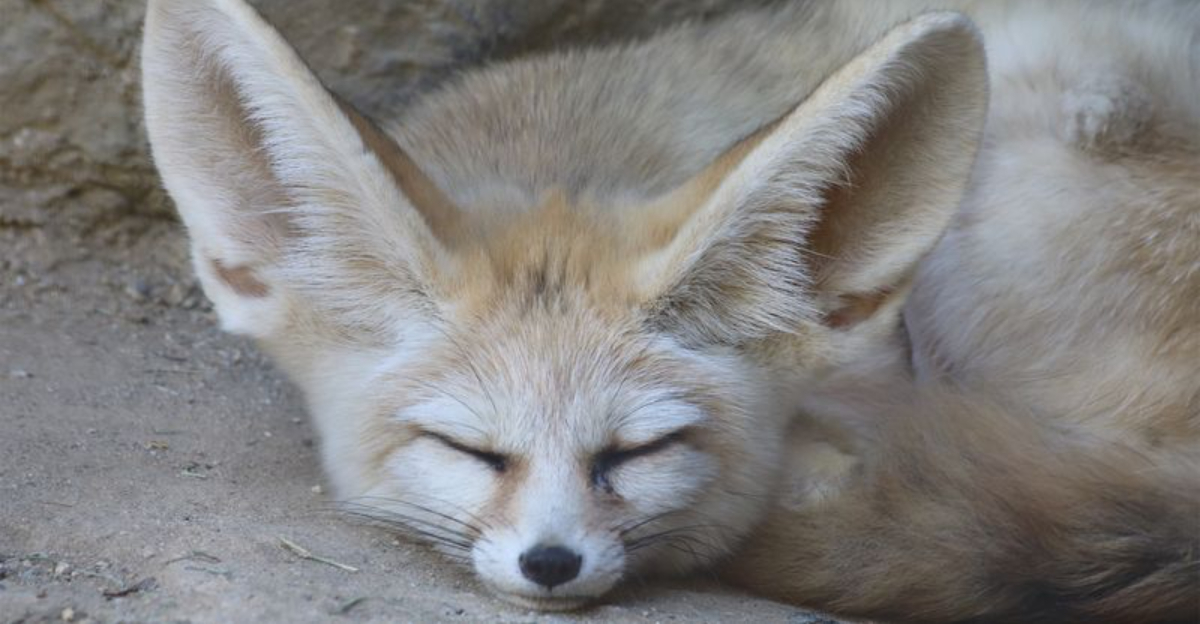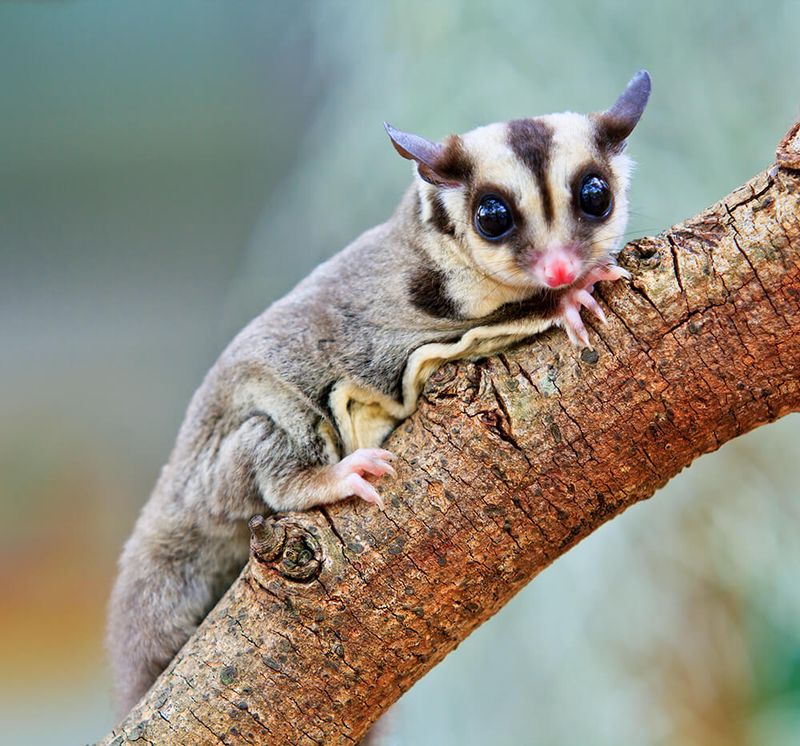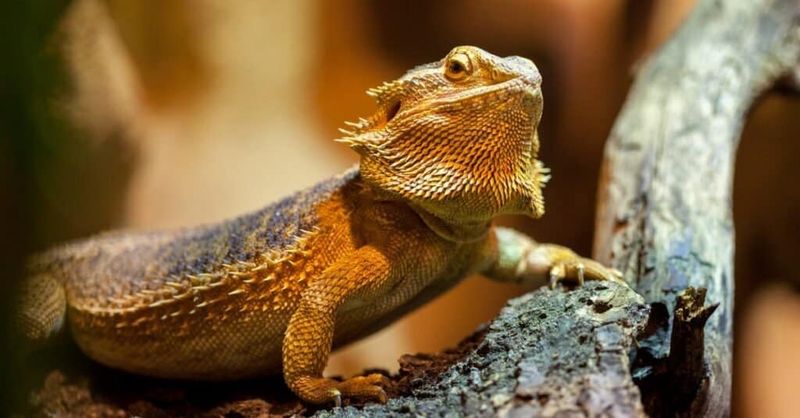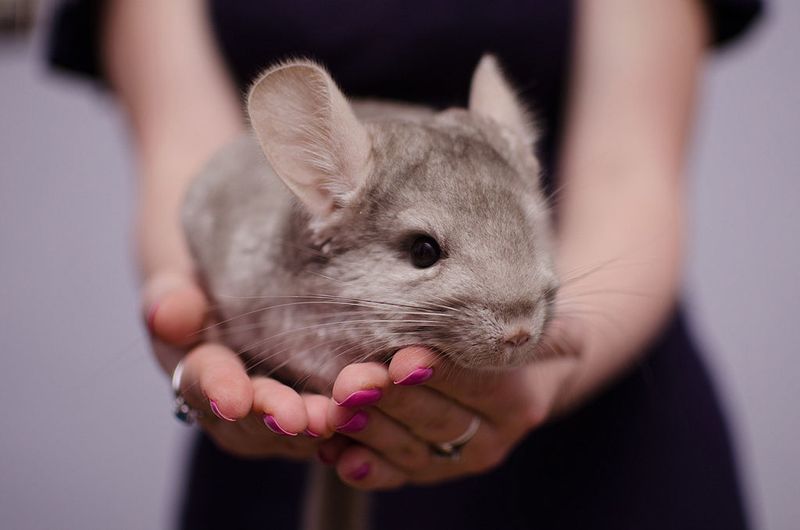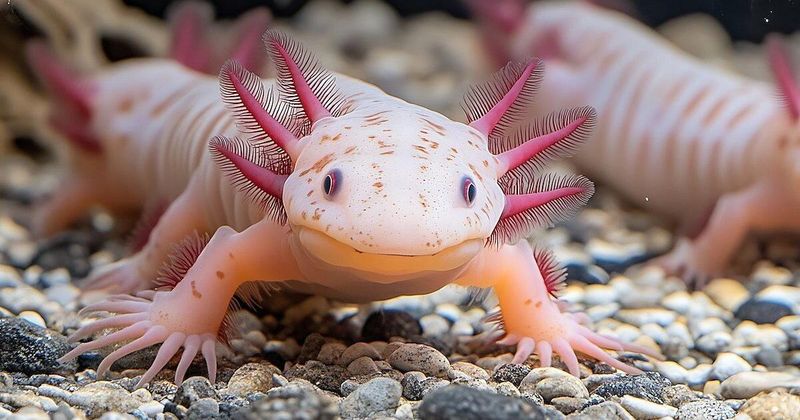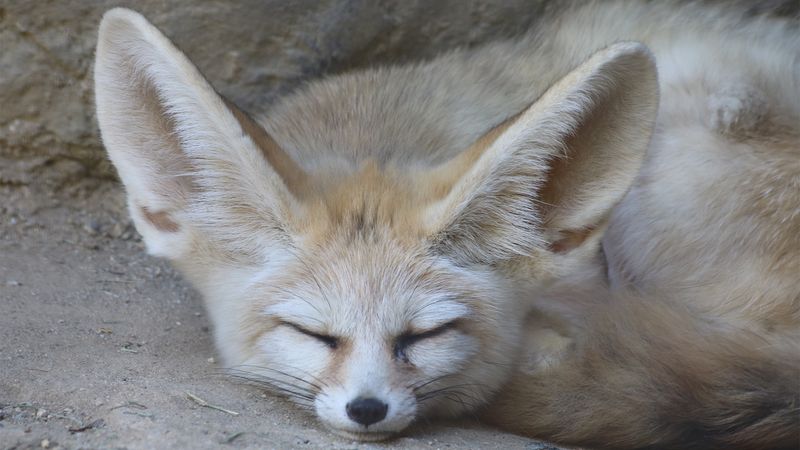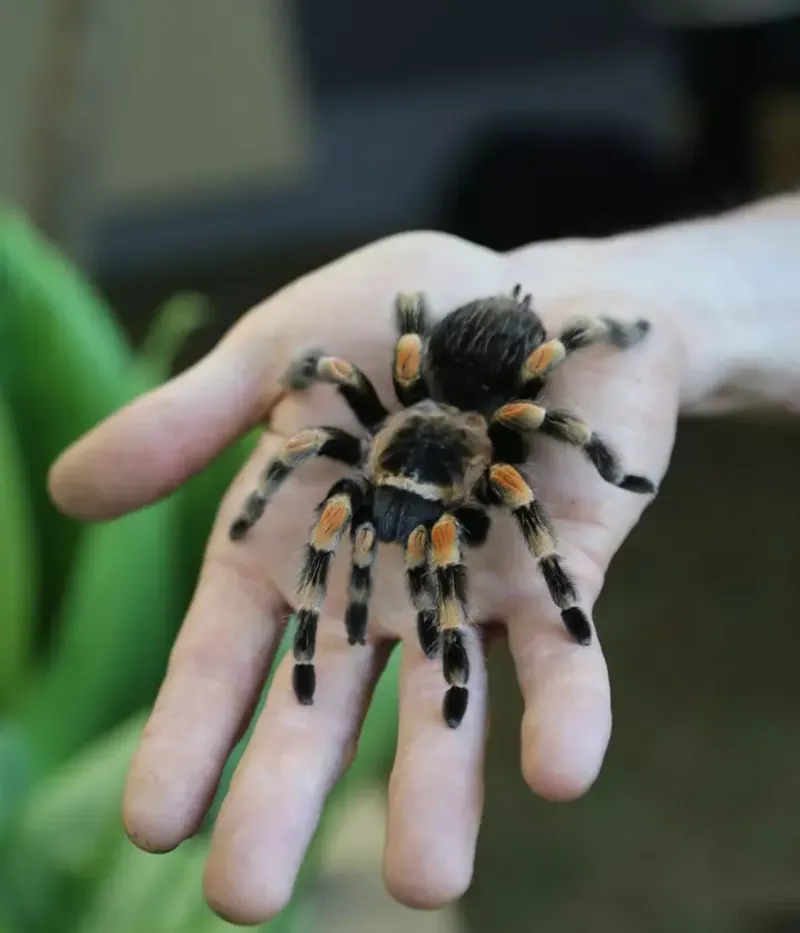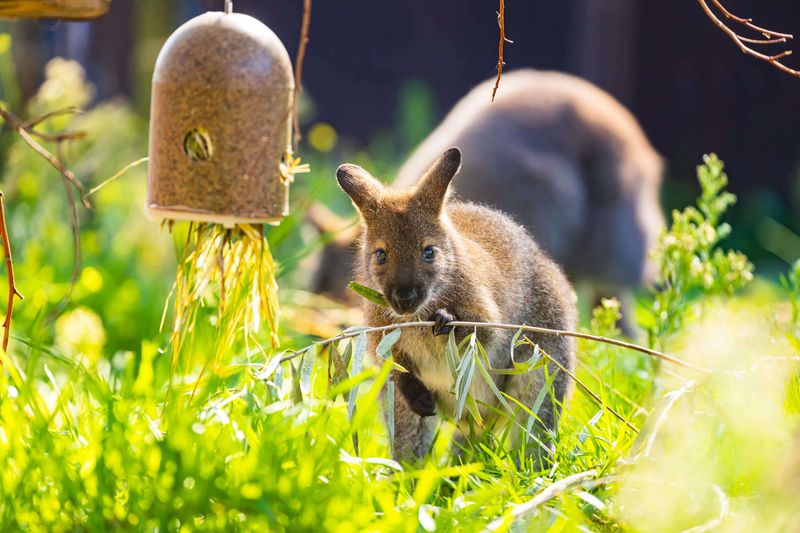Ever thought about stepping outside the traditional cat-and-dog box when choosing a pet? Some animals might seem wild or unusual at first glance, but they can form amazing bonds with humans. These unexpected companions often bring unique personalities and behaviors that make pet ownership an adventure. Let’s explore eight surprising animals that, with proper care and commitment, can become wonderful additions to your home.
Sugar Gliders: Pocket-Sized Flying Friends
These adorable marsupials might look like flying squirrels, but they’re actually related to kangaroos! Native to Australia and Indonesia, sugar gliders form incredibly strong bonds with their owners, often snuggling in pockets or sleeping in special pouches worn around your neck.
Sugar gliders thrive on social interaction and should never be kept alone. Their diet includes fruits, vegetables, and protein sources like mealworms or special nectar mixes. They need tall cages with plenty of branches for climbing and gliding.
While they’re nocturnal (meaning they’re most active at night), many adapt to their owner’s schedule. Fun fact: When happy, sugar gliders make a cute “barking” sound that resembles a puppy! Just remember, these little buddies can live up to 15 years, so they’re definitely a long-term commitment.
Bearded Dragons: Desert Dwellers with Personality
Imagine having a mini dinosaur that waves at you and enjoys riding on your shoulder! Bearded dragons, with their spiky exteriors and gentle souls, have become popular pets for good reason. These Australian reptiles are known for their relaxed temperament and surprising intelligence.
Setting up their habitat requires attention to detail—they need proper UVB lighting, basking spots reaching about 100°F, and cooler areas for temperature regulation. Their diet consists primarily of insects like crickets and mealworms, supplemented with leafy greens and vegetables.
Many owners are surprised by how interactive these lizards can be. They recognize their caretakers, enjoy gentle handling, and some even come when called! With proper care, these fascinating reptiles can live 10-15 years, making them wonderful long-term companions for those willing to meet their specialized needs.
Chinchillas: Cloud-Soft Rodents with Playful Spirits
Touch a chinchilla’s fur once, and you’ll understand why these South American natives were nearly hunted to extinction. Their incredibly dense, velvety coat (with up to 60 hairs growing from each follicle!) feels like nothing else on earth. These nocturnal bouncing beans can live up to 20 years with proper care.
Housing chinchillas requires special consideration due to their temperature sensitivity. They need cool environments (below 75°F) and large, multi-level cages for jumping and exploring. Rather than traditional baths, they clean themselves with dust baths that are absolutely adorable to watch.
Diet-wise, they primarily need high-quality chinchilla pellets and unlimited timothy hay. While not as cuddly as some pets, their entertaining antics—leaping several feet in the air and bouncing off walls—provide endless entertainment. Many develop distinct personalities, recognizing their owners and even responding to their names.
Axolotls: Smiling Swimmers with Regenerative Powers
With their perpetual smiles and feathery external gills, axolotls look like they stepped right out of a Pokémon game! These aquatic salamanders from Mexico possess almost magical regenerative abilities—they can regrow limbs, parts of their heart, and even portions of their brain if damaged.
Caring for these underwater wonders requires a cool tank (60-64°F) with gentle filtration and fine sand substrate that won’t hurt their delicate skin. They’re not community tank candidates as they might mistake small fish for food or become lunch for larger species.
Feeding is straightforward—they enjoy bloodworms, brine shrimp, and specialized pellets. While not cuddly pets, their curious faces and prehistoric appearance make them fascinating to observe. An interesting quirk: axolotls remain in their juvenile form their entire lives, never undergoing the typical salamander metamorphosis, a rare biological phenomenon called neoteny.
Fennec Foxes: Desert Sprites with Satellite Ears
Those enormous ears aren’t just for show! Fennec foxes use their distinctive 6-inch ears to dissipate heat and locate prey beneath the desert sand. As the world’s smallest canid species, these cream-colored cuties weigh just 2-3 pounds but pack enormous personality into their tiny frames.
Caring for fennecs means creating an escape-proof environment—they can jump over 4 feet high and are natural diggers. Their diet includes a mix of high-quality dog food, fruits, vegetables, and insects. Be prepared for their unique vocalizations ranging from purrs and whimpers to excited squeals that sound surprisingly like human screams!
While legally kept as pets in some states, fennecs maintain many wild instincts. They’re nocturnal, high-energy, and can be challenging to fully housebreak. For dedicated owners with proper space and patience, however, these desert dwellers can form affectionate bonds and provide 12-15 years of mischievous companionship.
Tarantulas: Misunderstood Eight-Legged Companions
Before scrolling past in fear, consider this: most pet tarantulas are more afraid of you than you are of them! Despite their intimidating appearance, these arachnids are generally docile, quiet, and remarkably low-maintenance companions. The Chilean Rose Hair and Mexican Red-Knee varieties are particularly known for their gentle temperaments.
Housing requirements couldn’t be simpler—a 5-10 gallon tank with substrate for burrowing, a hiding spot, and a shallow water dish is all they need. Feeding happens just once or twice weekly with crickets, mealworms, or other insects. No daily walks, no special lighting, no complicated diets.
While not exactly cuddly, observing these fascinating creatures as they build webs, molt their exoskeletons, or capture prey provides a unique window into an alien world. Female tarantulas can live an astonishing 20-30 years, making them one of the longest-lived pets around—an extraordinary commitment for the right owner.
Wallabies: Bouncing Bundles of Joy
Imagine looking out your window to see a miniature kangaroo hopping across your yard! Standing about 3 feet tall, wallabies bring the Australian outback right to your doorstep. These marsupials possess naturally curious personalities and can form genuine bonds with their human caretakers.
Proper wallaby care requires significant outdoor space—at minimum, a securely fenced half-acre with shelter from extreme weather. They thrive on a diet of specialized wallaby pellets, fresh vegetables, and plenty of grass for grazing. Since they’re naturally social, keeping at least two wallabies is recommended for their emotional well-being.
Legal restrictions vary widely, so research local exotic pet laws before considering these bouncy buddies. When raised from joeys (babies), wallabies can become surprisingly affectionate, sometimes even approaching owners for gentle scratches. With proper care and space, these remarkable marsupials can live 12-15 years, bringing their distinctive hop and inquisitive nature to your home.
Capybaras: Gentle Giants of the Rodent World
Meet the world’s largest rodent and possibly the most zen animal on the planet! Capybaras, native to South America, have earned internet fame for their remarkable ability to befriend virtually any animal—from birds and cats to crocodiles. These 100-pound sweethearts have a natural calmness that seems to soothe other creatures around them.
Caring for capybaras requires significant resources: a large outdoor space with a deep swimming pool (they’re semi-aquatic), warm climate or heated shelter, and companionship (they’re highly social). Their diet consists primarily of grass and aquatic plants, supplemented with specialized rodent pellets and vegetables.
These extraordinary animals form strong bonds with their caretakers and other pets. Their vocalizations range from whistles and clicks to purrs when content. While legal only in certain states and requiring specialized care, capybaras reward dedicated owners with their peaceful presence and surprising affection for up to 12 years.
